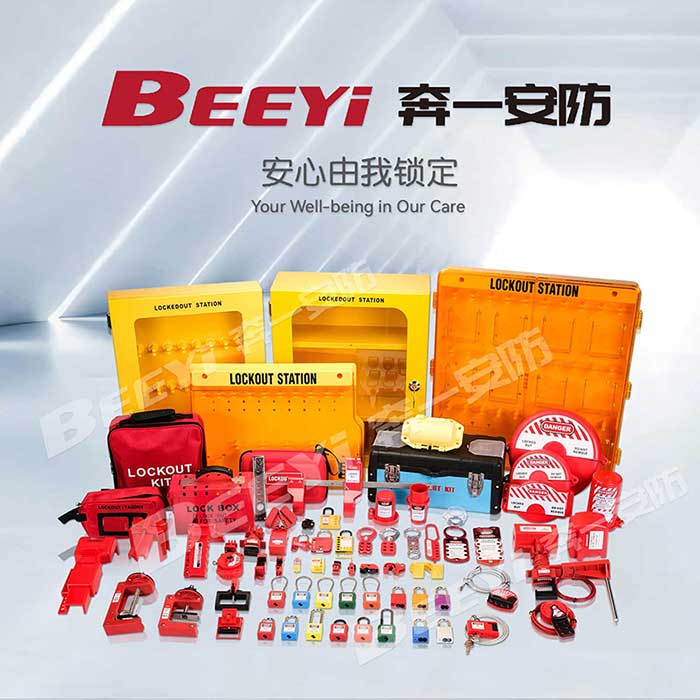In industrial environments, safety is paramount. One of the most critical safety practices in any workplace involving hazardous energy is the proper use of lockout/tagout (LOTO) devices. Among these devices, the valve lockout device plays an essential role in ensuring the safety of workers by preventing the unauthorized operation of valves during maintenance or repair work. These devices are specifically designed to lock valves in place, ensuring that hazardous materials or energy do not inadvertently escape, which could result in accidents or injuries.

What is a Valve Lockout Device? A valve lockout device is a safety tool that is used to secure a valve in the closed or off position during maintenance activities. It is part of the broader lockout/tagout procedure, which is a safety protocol designed to prevent the unexpected release of energy while servicing machines or equipment. In many industrial settings, valves control the flow of hazardous fluids, gases, or steam, and if these valves are accidentally opened during maintenance, they can pose serious risks to workers. The valve lockout device works by physically preventing the valve from being turned on or off, ensuring that it remains in its designated position until maintenance is complete and the worker is ready to release the lock. These devices come in various forms to accommodate different types of valves, such as ball valves, gate valves, butterfly valves, and plug valves.